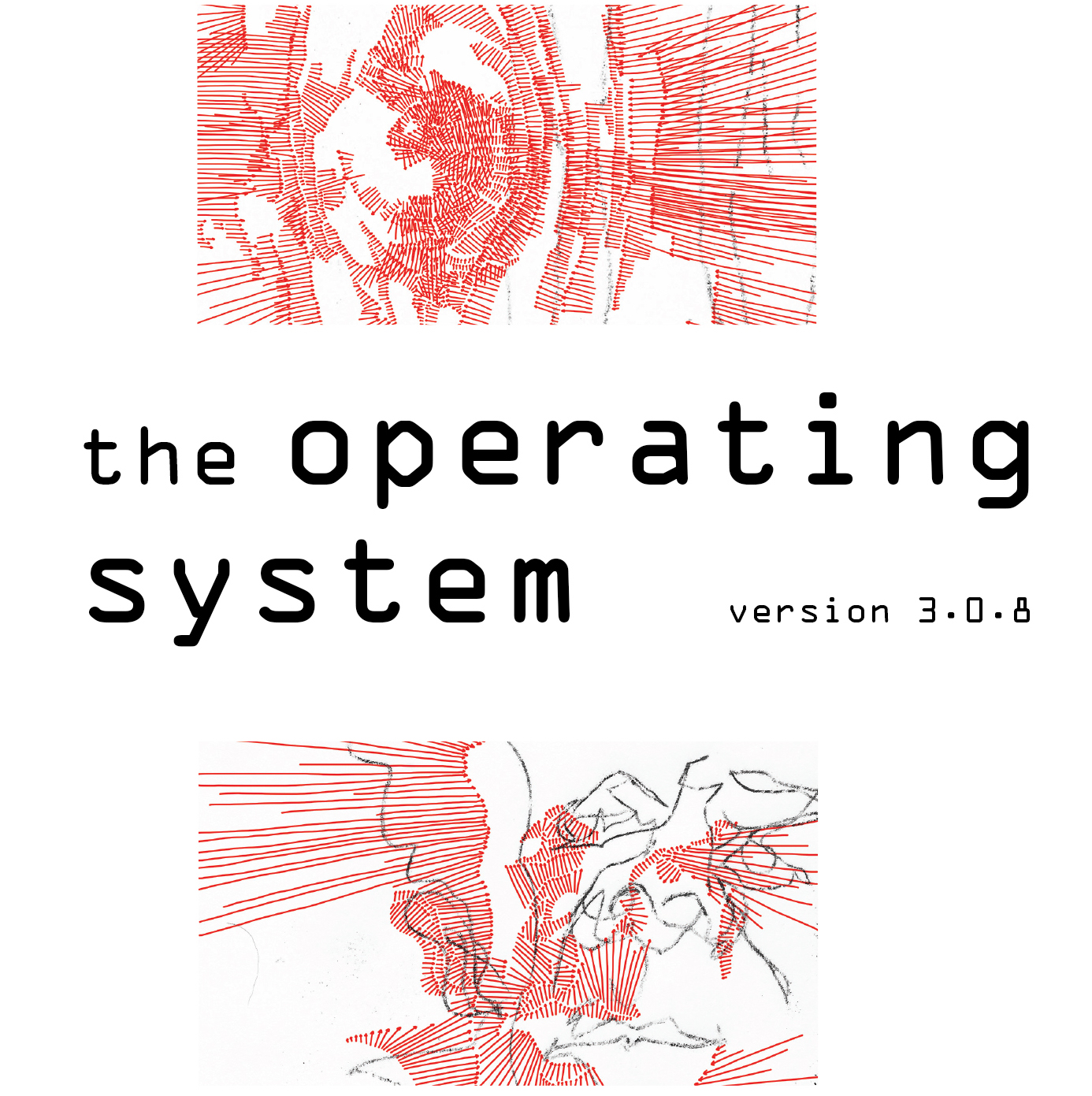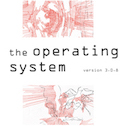HOT ART (summer in the city): Peter Milne Greiner on Klass's "Universal Fit"
“Standardization leads to variation.
The repetition of motion forms a meditation.
Lines divergent from and contiguous to the original appear.
Small squares assembled begin to impose a narrative.”
On the wall, beneath the title of her exhibition, Universal Fit, Emily Klass has placed these four terse apothegms. The words stare—across the flood of August sunlight that fills This Must Be The Place—at the thirteen drawings that fill the gallery’s main room. They peek sidelong into those adjoining. Regal and distant, they preside over the space. What are their wishes?
Klass presents us with two kinds of drawings with Universal Fit. Both kinds are exacting, speculative, and sourced in the faith that narrative necessarily emerges from process. The twelve smaller-format drawings are each titled with the name of a luminous star—the most luminous in its parent constellation. Vega, Polaris, and Sadalsuud are all here. The drawings are diagrammatic; cells and circularities proceed from a core or cores, perpetuate, vanish. They call to mind the uncanny organic quality that machine wreckage and machine fragments can take on, dendrochronology, charting and mapping, the debris field of a ruined Dyson Sphere. The urge to see ink on paper gives way to the urge to see objects, strange relics in a dark museum. Their origins and dimensions seem inevitable, but little is known and we can but guess at them.
The same is true for stargazing, the long-standing human tradition of which antecedes Klass’ project with these pieces. People have been naming the night, storying it, for millennia. Klass’ Zodiac continues that tradition. For her, each relic star is it’s own fable, its own meditation and narrative. Each is an unknown finely tuned to a fixed significance. It comes as no surprise then that her medium is the building block.
The large-format drawings in the two Project Rooms are different. The squares and circles are still at work, but are seen in a wild kinetic decay reminiscent of Henri Michaux’s mescaline drawings. For both, an enactment of a specific gestural language seems to flourish and decline simultaneously. In “Lee,” “Track,” and “Skin Friction,” Klass shows us how her particular and exacting language is soluble. Square and circle deteriorate, the star reverts to nebula. We witness its disassembly.
The word “flow” can be understood as a combination of passage and emergence. Two large drawings, “Laminar Flow” and “Stokes Flow” are housed in the second Project Room, and it is in these that Klass introduces a further element and dimension to her language. Both drawings feature a large, shadowy, graphite phantom-like cloud, superimposed over the established circles and squares. Composed of broad, reflective strokes—a further foray into the three-dimensional conceit—these clouds are unmistakably animate. They are presences in an otherwise unpopulated scheme. They beg to be scoured for a face. Who are they? What are their wishes? Hopefully Klass will continue to spin and warp her intricate lore. In the mean time, Universal Fit suffices as an arresting trickle of answers.
Universal Fit by Emily Klass,
on view now until August 31 at This Must Be The Place,
81 Broadway, 3rd Floor
(in Williamsburg).
Peter Milne Greiner is a poet. His work has appeared recently in Fence, Stone Telling, FAQNP, and eXiT sTraTa.



